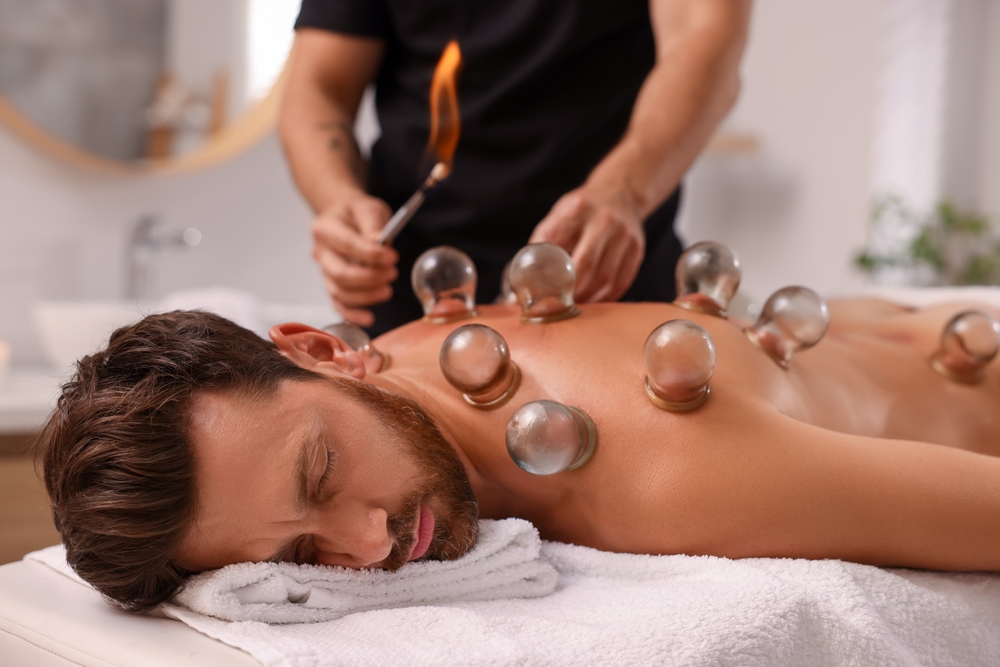Self-care is an important aspect of our lives as it helps us take time out of our busy lives and put ourselves first. It’s the best way to boost our physical and mental health, giving us time to relax and rejuvenate. Self-care can look different for everybody; you may prefer meditating and journaling or even doing something you love for a while in your day. That’s the beauty of self-care; it’s entirely up to you how you take care of yourself.
However, for many people, it can be difficult to implement self-care into their hectic lifestyle. If this sounds like you, then you’re not alone and there are simple ways you can make time for self-care! If you need a bit of inspiration to start self-care daily or want to spice up your self-care routine, try these ways different cultures practice self-care to gain motivation and inspiration.
Japanese- Forest Bathing
The Japanese culture takes having a hot bath after a stressful day to a whole new level. Having a hot bath after a stressful day is a very common self-care practice across every culture around the world, but Japan implements nature within this. Known as forest bathing, shinrin-yoku, the practice actually doesn’t need to include taking a bath at all. This self-care practice focuses on immersing yourself in nature and connecting to it. Forest bathing goes beyond camping or hiking, it encourages you to put your body and mind into nature and be present in the moment.
This is such a popular practice as it can help increase immunity and reduce fatigue, anxiety, and depression. To be able to try this practice, you don’t need anything but nature. Find a garden, forest, or cluster of trees and walk slowly through it. Make sure you activate all of your senses as you take in nature.
It’s important to note that the Japanese also use the practice of a hot bath. They use natural hot springs that allow people to recharge and socialize.
Egyptians- Cupping Therapy
Cupping therapy is a medical self-care practice that was first used by the Egyptians. It is the practice of pulling toxins from the body using a cup. When this medical act that helped you take care of yourself began, the cups were made of animal horns. However, today, glass cups are used instead. This therapy is also used in Chinese medicine to help heal the body.
So, how does cupping therapy work? Well, the cup is placed on the patient in the area that needs to be healed. Heat is then applied, and the cup works as a vacuum that draws blood to the skin. It is commonly used to treat migraines, skin problems, pain, and blood disorders.
Chinese- Acupuncture
Acupuncture is a traditional Chinese treatment that involves inserting needles into the body. It aims to balance energy as the needles are put into specific points along the meridians to balance the flow of energy in your body. This practice is perfect for self-care as it can help treat headaches, allergies, insomnia, back pain, high blood pressure, neck pain, and infertility. All you need to do is find a licensed acupuncturist and enjoy a bit of relaxation and revitalization.
Swedish- Fika
Coffee plays a huge role in many people’s lives, especially in most Western societies. Sweden certainly isn’t an exception as they have found a way to make coffee an act of self-care. Drinking coffee isn’t just quickly sipping it in a rush in the morning before you head to work. Instead, it’s enjoyed with intention and focuses on looking after yourself for a few minutes. Fika is a tradition that is based on slowing down with everything you do while practicing mindfulness. It also includes taking some time out of your day to connect to those you care about and building stronger relationships with them. It’s all about sitting down and enjoying a cup of coffee and a pastry. You can sit there with loved ones and properly enjoy the taste of your coffee rather than grabbing one on the go!
Danish and Scandinavian- Hygge
The warm, cozy movement of Hygge has long been a tradition for the Danish and Scandinavian cultures. It has grown in popularity across the world and is showcased on social media. Hygge comes from an old Norwegian word for wellbeing. As a practice, it’s about enjoying the warmth and good things in life all year round. It encourages you to take in life’s simple moments and pleasures, such as enjoying the company of others and yourself. It’s self-care that makes you feel good and gives you that tingly sensation and joy that cold winter nights wrapped in a blanket give you. You can read a book by candlelight, take a warm bath, or toast marshmallows around the fire with loved ones.
Spanish- Siesta
Siesta is a part of Spanish people’s lifestyles, as well as other Mediterranean countries. Many people around the world are aware of the term siesta but don’t implement it in their lives. However, it’s a powerful self-care tool that can really boost your health and mental well-being. Basically, a siesta is a short afternoon nap that occurs in the late afternoon. Everything shuts down for a couple of hours to allow people to get a nap in and feel refreshed for the rest of the day. It helps to relax the mind and be more productive by using the hottest time of the day to snuggle up indoors and power nap. The siesta is taken very seriously no matter your age and everything from shops and salons to museums and churches is shut. If possible, try and have a siesta in your day to feel rejuvenated and happier to take on the rest of the day.
Indian- Laughter Yoga
In the Indian culture, laughter yoga is commonly used to help bust stress and feel happier. This takes the age-old saying “laughter is the best medicine” and completely changes it to something quite therapeutic. It’s a popular exercise where you do yoga positions and laugh on purpose. Doing this releases endorphins and gives you the feeling of joy, even if it’s fake. As well as this, the fake laughter will soon turn into real laughter as it’s contagious.
Tibetan- Singing Bowls
The Tibetan culture uses sound healing as an act of self-care. Singing bowls are commonly used in Tibet, especially for sound healing. These incredible singing bowls create a vibration that can heal on a variety of levels. The sonic waves produced from the bowls resonate with your brainwaves and synchronize. Because of this, it gives you a sense of peacefulness and makes you unwind.
You can go to yoga studios that offer sound healing sessions, or you can even listen to Tibetan singing bowls on Spotify and relax in the comfort of your own home!
Whether you want to de-stress after a busy day or are preparing for a huge celebration where you want to look and feel your best, such as Eid ul Adha or your wedding day, these cultural self-care rituals can leave you feeling refreshed and less stressed! Try them out and reap the rewards for your overall health, encouraging you to practice your own self-care every day.

Dilawar Mughal is an accomplished author with a passion for storytelling. His works span various genres, from thrilling mysteries to heartfelt romance novels. With a keen eye for detail and a knack for character development, Sana Fatima weaves engaging narratives that captivate readers and transport them to new worlds.











